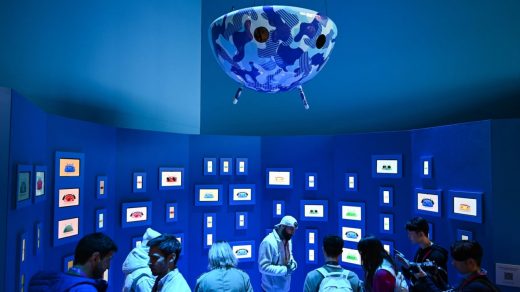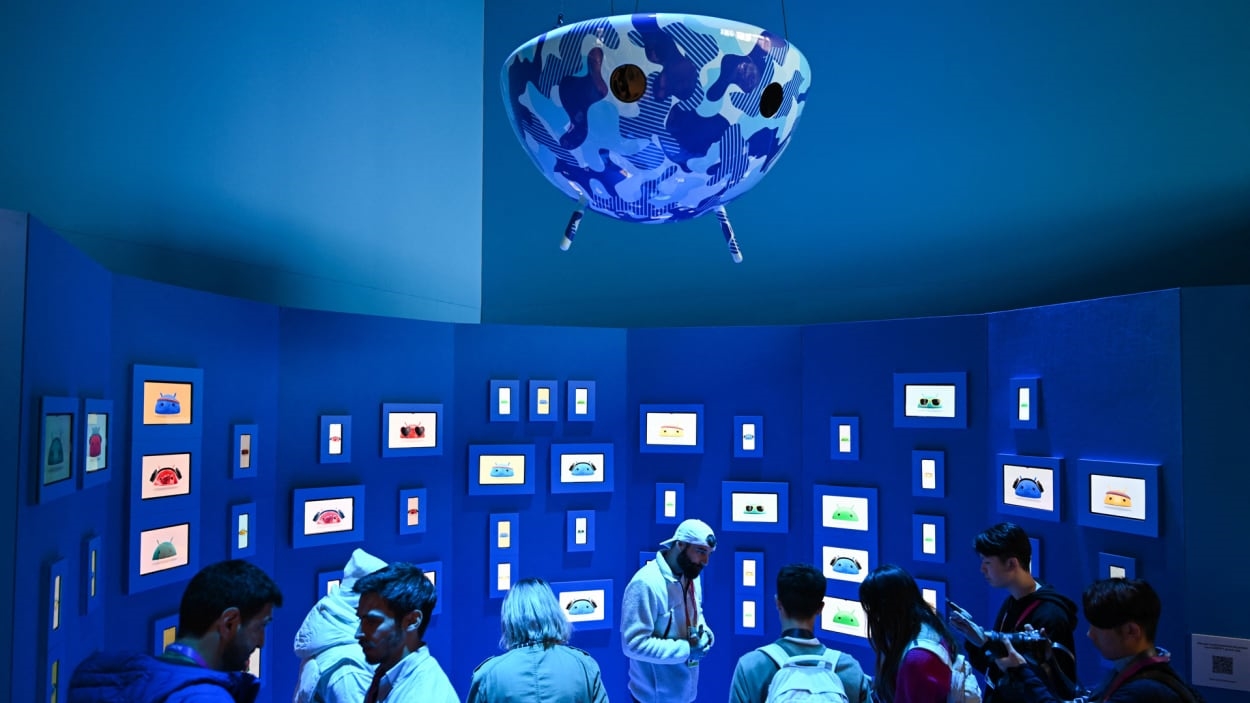At CES, Google proves it’s rediscovered Android
If you attended CES in the few years before the pandemic, Google Assistant was impossible to miss.
At those editions of the tech world’s giant trade show, the Assistant logo and “Hey Google” appeared outside Google’s booth at the Las Vegas Convention Center and on billboard ads around the strip. For Google, Assistant represented a new vision for ambient computing that revolved around voice controls and smart displays.
But in 2023, Assistant is practically invisible at CES. Instead, Google’s booth is covered with mentions of Android and images of its its robotic mascot as the company touts Android features that connect your devices together. While it’s been rumored that Google is cutting back on investments in its voice assistant, its CES presence is a tangible sign that the company’s focus now lies elsewhere.
Not much new
Google didn’t actually have much to announce at CES this year. The biggest news at the show is that it’s working with Spotify to make multi-room audio playback easier on Android devices. Through the Android notification menu, you’ll soon be able to tap several smart speakers or TVs to play Spotify in sync across all of them, with separate volume controls for each device. (A similar feature has already rolled out for YouTube Music.)
This is essentially Google’s answer to Apple AirPlay, which already makes multi-room audio control dead simple from any iOS device or Mac. Google is also now launching a split-screen mode for its Android Auto car interface—again, Apple already offers something similar for CarPlay—after announcing it in May.
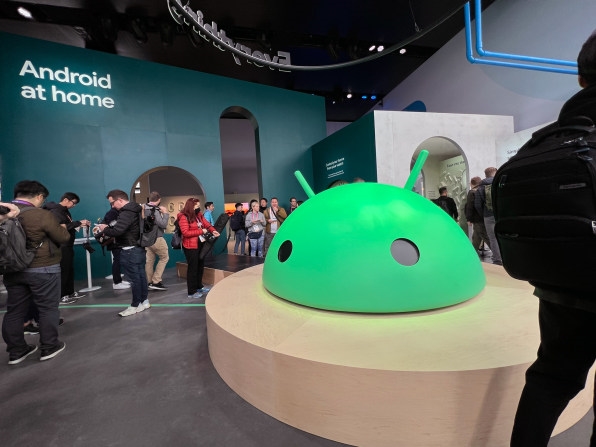
In lieu of new product announcements, Google mostly used the show to reiterate how it’s building out the Android ecosystem. The company notes that Fast Pair—its simple Bluetooth pairing process that’s reminiscent of Apple’s AirPod pairing—has been used more than 320 million times. Google also touts 150 million active Android TV devices and says that active WearOS device use has tripled since May 2021.
Android, not Assistant
The underlying message, then, is that Android is here to compete with Apple as an ecosystem that brings all your devices together. That may seem like an obvious point rather than a new idea, but Google has always waffled on whether the Android brand matters. And it wasn’t long ago that the company was promoting Assistant as the glue in its ecosystem instead.
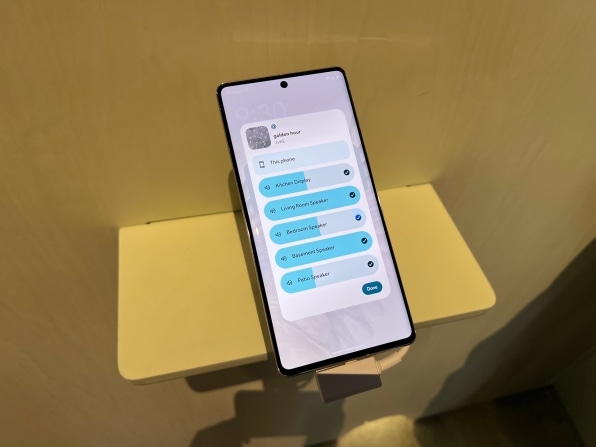
With Assistant, Google didn’t particularly care if you were an iPhone or Android user: You could use company’s smart speakers, streaming TV devices, and wearables either way. But as Google and Amazon struggle to build business models around their voice assistants, and as Apple takes aim at third-party tracking on its platforms, improving Android has become a bigger priority.
Whether it’ll work is another matter. Apple claimed last year that Android users were switching to iPhones in record numbers, and Google’s attempts to compete still aren’t fully fleshed out. Its new Pixel Watch, for instance, is a crude Apple Watch alternative and, unlike AirPlay, Google’s new multi-room audio controls don’t work with the vast majority of streaming music and podcast apps. (It also requires Android 13, yet most Android phones still run older versions.) Meanwhile, Google’s attempts to offer iMessage-like text messaging features on Android are being stymied by, well, Apple itself.
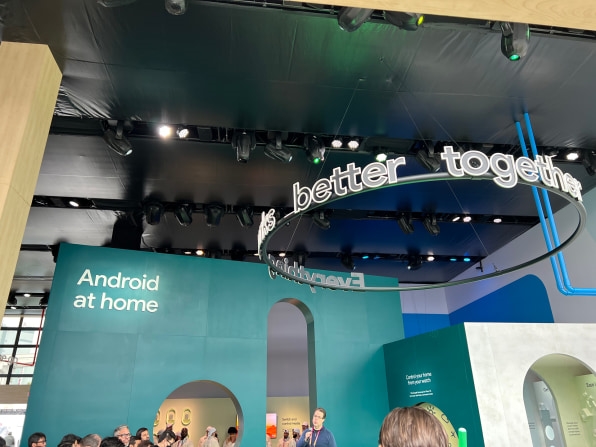
Google may be right to de-emphasize Assistant and put the focus back on Android, but after years of touting virtual assistants as the future, it has a lot of ground left to make up in operating systems.
Correction: Google has 150 million active Android TV devices, not Google TV devices as originally stated. (The latter is an interface that’s based on Android TV.)
(23)

